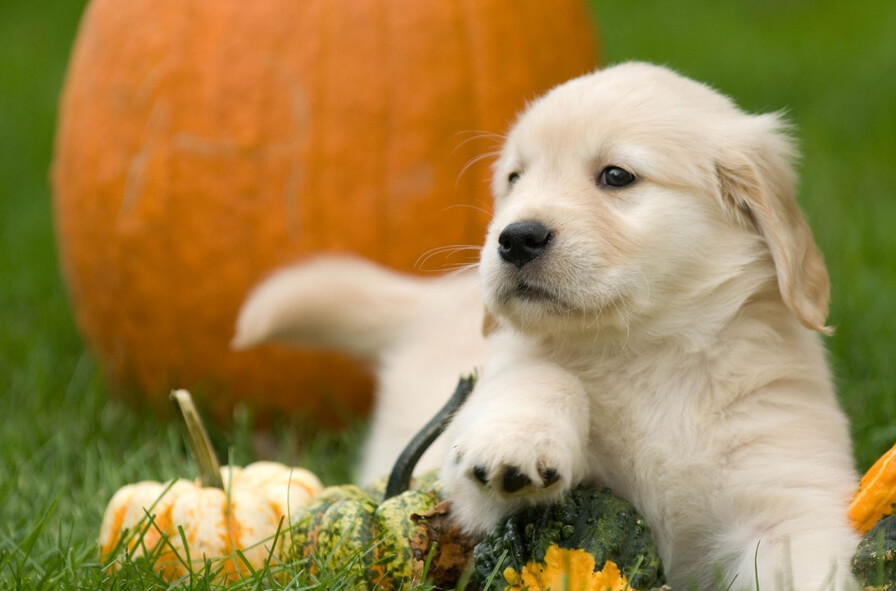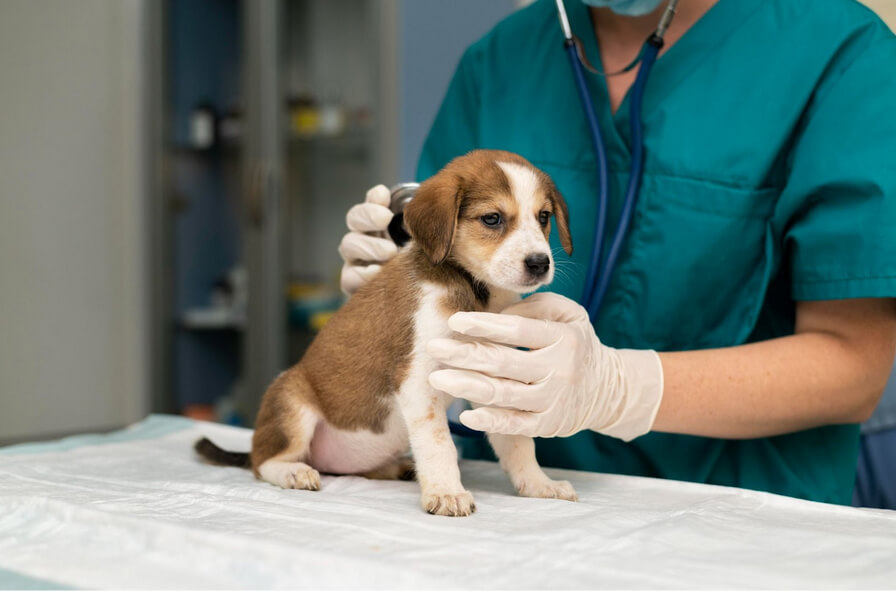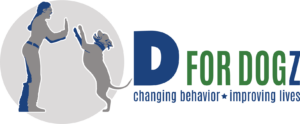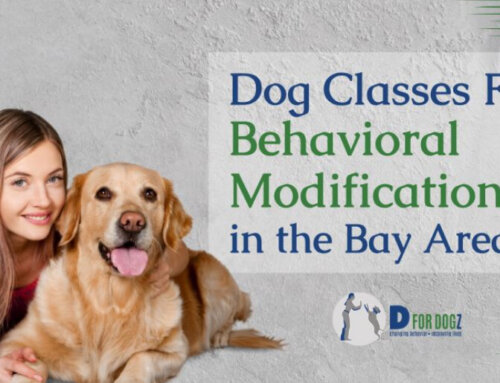How to Monitor Your Puppys’ Socialization Progress

The early months of a puppy’s life are crucial for socialization, laying the groundwork for their behavior and comfort in diverse situations as they grow. This article focuses on practical methods for dog owners to effectively monitor and evaluate their puppy’s socialization progress. We will guide you through setting a baseline for your puppy’s behavior, creating a tailored socialization checklist, maintaining a detailed diary of social encounters, and interpreting the data to adjust your approach.
Key Takeaways
- Observing your puppy’s reactions to various stimuli is foundational for assessing their socialization progress.
- A detailed socialization checklist and diary are indispensable tools for tracking experiences and outcomes.
- Setting realistic milestones tailored to your puppy’s temperament and pace is crucial for adequate socialization.
- Professional assessments provide valuable insights for fine-tuning your socialization strategy, ensuring well-rounded development.
Tips on Observing Reactions to Various Stimuli

Observing and noting your puppy’s initial reactions to various stimuli is foundational in tracking and evaluating their socialization progress. This method involves carefully watching how your puppy responds to different situations, environments, animals, and people. It’s about capturing their first impressions, which are often the most telling.
Getting Started with Observation
Begin by introducing your puppy to various stimuli in a controlled and safe manner. This could range from the sound of household appliances to meeting new people or encountering other animals. The key is to introduce these experiences gradually, ensuring you keep your puppy manageable.
To effectively monitor your puppy’s socialization progress through observation, it’s essential to identify critical observations that signify growth and adaptation. Here is a list of observations that can serve as indicators of your puppy’s growth during the socialization process:
| Indicator of Socialization Progress | Description |
| Reduced Fear Responses | A decrease in fear-related behaviors (such as trembling, tail tucking, or avoidance) when exposed to previously intimidating stimuli. |
| Increased Curiosity | More interest in exploring new environments, sounds, and objects, demonstrating curiosity. |
| Positive Interactions | An increase in positive interactions with strangers, other animals, and new environments, such as approaching willingly or wagging their tails. |
| Recovery Speed | The ability to recover quickly from a startling event or new experience, showing resilience. |
| Play Behavior | Engaging in play behavior with unfamiliar dogs or people, indicating comfort with social interactions. |
| Obedience in New Environments | The ability to listen and respond to commands in various settings, showing focus even with distractions. |
| Relaxed Body Language | In new situations or environments, look for signs of relaxation, such as a loose body, open mouth, and relaxed ears. |
| Eye Contact | Maintain eye contact in new environments, show trust and seek guidance. |
| Exploratory Behavior | Willingness to explore new environments without constant reassurance, indicating confidence. |
| Adaptability | Flexibility in adjusting to changes in the environment or routine, showing adaptability. |
| Appropriate Play with Peers | Engaging in appropriate play, understanding play cues from other dogs, and knowing when to stop indicating good social skills with peers. |
What to Look For
Pay close attention to your puppy’s body language and behavior in response to each new experience. Here are the key things to look for, which can help you assess whether your puppy is responding positively or experiencing distress
Signs of Positive Engagement
- Wagging Tail: A relaxed, wagging tail often indicates happiness and comfort.
- Perked Ears: Interest and curiosity are typically shown by ears perking up.
- Relaxed Body Posture: A loose, relaxed body suggests the puppy feels safe and comfortable.
- Playful Behavior: Initiating play or playful movements indicates a positive reaction.
- Exploratory Sniffing: Actively sniffing around a new object or person shows curiosity.
- Bright, Alert Eyes: Indicates interest and attention to the new experience.
- Approaching Willingly: Moving towards a new stimulus willingly shows confidence and curiosity.
Signs of Distress or Fear
- Cowering or Hiding: Indicates fear or discomfort with the situation.
- Growling or Snapping: This can signify fear-based aggression or discomfort.
- Tail Tucking: A tail between the legs is a classic sign of fear or nervousness.
- Avoidance Behaviors: Turning away or attempting to leave the area suggests discomfort.
- Whining or Barking: This can indicate anxiety, fear, or frustration.
- Stiff Body Posture: A stiff, rigid body often signals tension or preparedness for a perceived threat.
- Flattened Ears: Laid-back ears can signify fear, anxiety, or submission.
Neutral or Mixed Signals
- Yawning could indicate stress in some contexts but is also a natural behavior.
- Panting: May signal anxiety if not related to physical exertion or heat.
- Licking Lips or Nose: This is often a sign of nervousness or stress but can also occur for other reasons.
Recording Observations

Maintaining a record of these observations is crucial. Note the date, the stimulus introduced, and your puppy’s reaction. This record will serve as a baseline against which to measure progress. Over time, you will be able to see patterns emerge, such as increased confidence in situations that previously caused anxiety.
Recording such observations may involve two essential tools: a socialization checklist and a socialization diary. Both serve distinct yet complementary roles in monitoring and evaluating your puppy’s progress.
Creating a Socialization Checklist
A socialization checklist acts as your roadmap, listing various environments, animals, and people your puppy should encounter to become well-socialized. Here’s how to craft one:
| Aspect of Socialization | Details |
| Diverse Environments | Urban streets, parks, pet stores, quiet rural areas.
Goal: Comfort in both bustling and tranquil settings. |
| Different Animals | Encounters with cats, birds, livestock.
Broad exposure reduces fear and aggression towards other animals. |
| Variety of People | People of all ages are wearing various items, such as hats, sunglasses, and uniforms, which indicates acclimatization to a wide array of humans. |
| Unusual Sounds and Surfaces | Experiences with different sounds (traffic, appliances, loud noises) and surfaces (grass, gravel, sand, slick floors). |
| Handling and Grooming | Regular handling of paws, mouth, ears, and grooming sessions. Prepares for vet visits and reduces stress. |
This checklist should not be rushed through but approached gradually, ensuring your puppy has positive experiences with each item on the list. It’s about quality, not just quantity, of exposures.
Utilizing a Socialization Diary
A socialization diary complements your checklist by allowing you to record and evaluate your puppy’s responses to these varied experiences. Here’s how to effectively utilize one:
- Make Regular Entries: After each new experience, jot down the specifics: what was introduced, the setting, your puppy’s reaction, and any notable behavioral changes.
- Note Progress Over Time: Use the diary to track improvements or regression in your puppy’s reactions to certain stimuli. This helps identify areas that may need more focus.
- Record Strategies and Outcomes: If your puppy was initially fearful but has become more comfortable with a specific stimulus, note what strategies contributed to this change. This can inform future approaches.
- Reflect on Your Observations: Review your diary entries to assess overall progress and adjust your socialization plan as necessary. This reflection is crucial for a tailored approach to your puppy’s socialization.
Tailoring Expectations to Your Puppy

Each puppy is unique, with its own personality and learning speed. A high-energy breed might find calmness in new environments a more significant milestone than a naturally timid breed might find confidence in greeting strangers.
Example 1: A Shy Puppy
A realistic milestone for a naturally shy puppy could be gradually accepting treats from strangers or allowing a new person to pet them without showing signs of distress. Celebrate these small victories as significant progress for a timid puppy rather than expecting them to approach every new person they meet eagerly.
Example 2: An Energetic Puppy
Conversely, for an energetic and confident breed, milestones might include learning to calm down quickly after exciting play or mastering a “sit” command in a bustling park. These achievements signify growing impulse control and adaptability, essential traits for a puppy that enthusiastically embraces every stimulus.
Setting Milestones
When setting milestones, consider both the end goal and the incremental steps needed. For example, if the ultimate milestone is for your puppy to walk calmly through a crowded area:
- Start Small: Begin with walking calmly in a quiet park.
- Increase Complexity: Gradually introduce busier environments as your puppy shows readiness.
- Celebrate Progress: Acknowledge and reward calm behavior in slightly more challenging settings before aiming for the crowded area.
Adjusting Your Approach
Monitoring your puppy’s reactions and progress is crucial for adjusting your milestones. If your puppy easily achieves a milestone, it may be time to introduce a more challenging goal. Conversely, if your puppy struggles, it may indicate the need to slow down, offering more support and positive reinforcement for smaller steps of progress.
Emphasizing Patience and Flexibility
Above all, patience and flexibility are key. Some puppies may breeze through certain milestones while needing more time and encouragement from others. Adjust your expectations based on your observations and your puppy’s temperament and pace of learning. Remember, the journey of socialization is not a race but a foundational process that sets your puppy up for a lifetime of confident, positive interactions with the world around them.
The Role of Professional Assessments

In the journey of socializing your puppy, there comes a time when seeking professional assessments can be both enlightening and beneficial. This isn’t about questioning your efforts or doubting your progress; it’s a step towards ensuring your puppy’s socialization process is on the right track.
Expert Guidance and Assessment
Veterinarians can assess a puppy’s temperament, behavior, and development, offering insights into its socialization needs. This expertise allows them to suggest modifications to the socialization plan based on the puppy’s reactions and progress.
Health and Behavior Link
Vets can identify health issues that might impact social behavior, ensuring that any changes in socialization responses are accurately interpreted. Understanding the interplay between health and behavior is crucial for evaluating socialization progress accurately.
Monitoring Progress
During routine check-ups, veterinarians can monitor changes in the puppy’s behavior and socialization progress, providing an objective viewpoint on the puppy’s development and offering advice on any necessary adjustments to the socialization strategy.
Conclusion
As we’ve navigated through the critical stages of tracking and evaluating your puppy’s socialization progress, it becomes clear that this journey is intricate and essential for fostering a well-adjusted, confident adult dog. Through careful observation of these insights, you can significantly influence your puppy’s ability to navigate the world around them. Professional assessments further enrich this process, offering expert insights that refine your approach and ensure your puppy’s socialization journey is successful.
Whether you’re seeking guidance on creating a socialization checklist, understanding your puppy’s reactions, or navigating the milestones of social development, D for Dog Training is here to help. Don’t navigate this path alone; join us at our puppy socials in the Bay Area to ensure your furry friends become the best versions of themselves. Contact us to learn more and enroll your puppy today!
About the Author: Kaajal Tiwary
Kaajal (aka “KT”!) loves puppies and is dedicated to getting new puppy guardians off on the right paw and guiding her students through the tough early days of owning a dog. Her goal? Transforming each bundle of raw puppy energy into the perfect adult companion.














